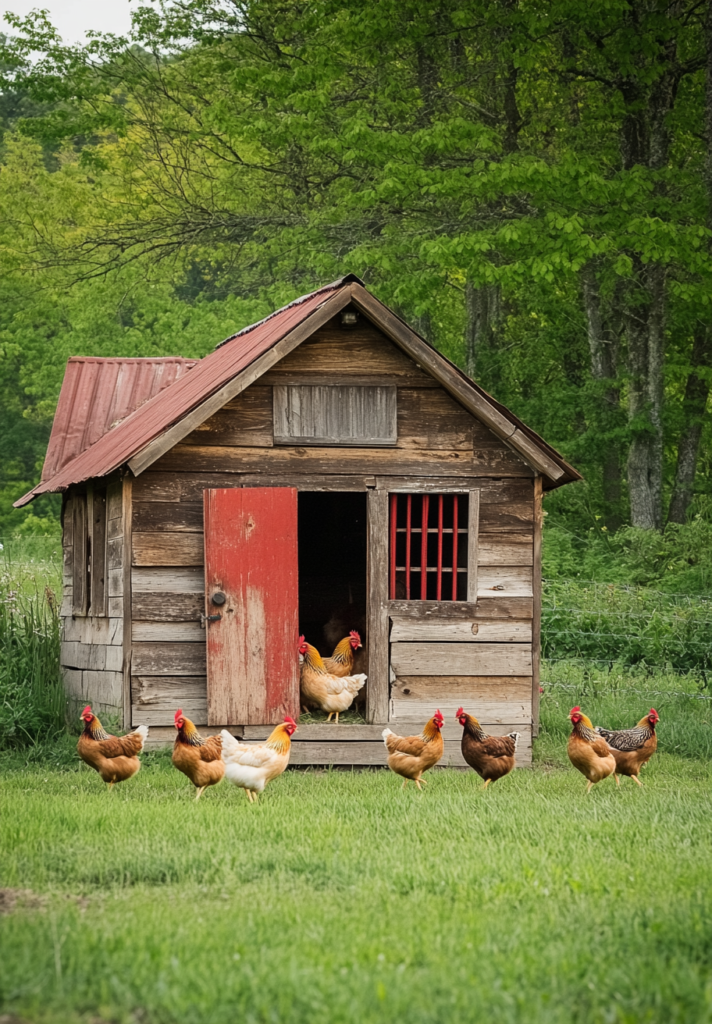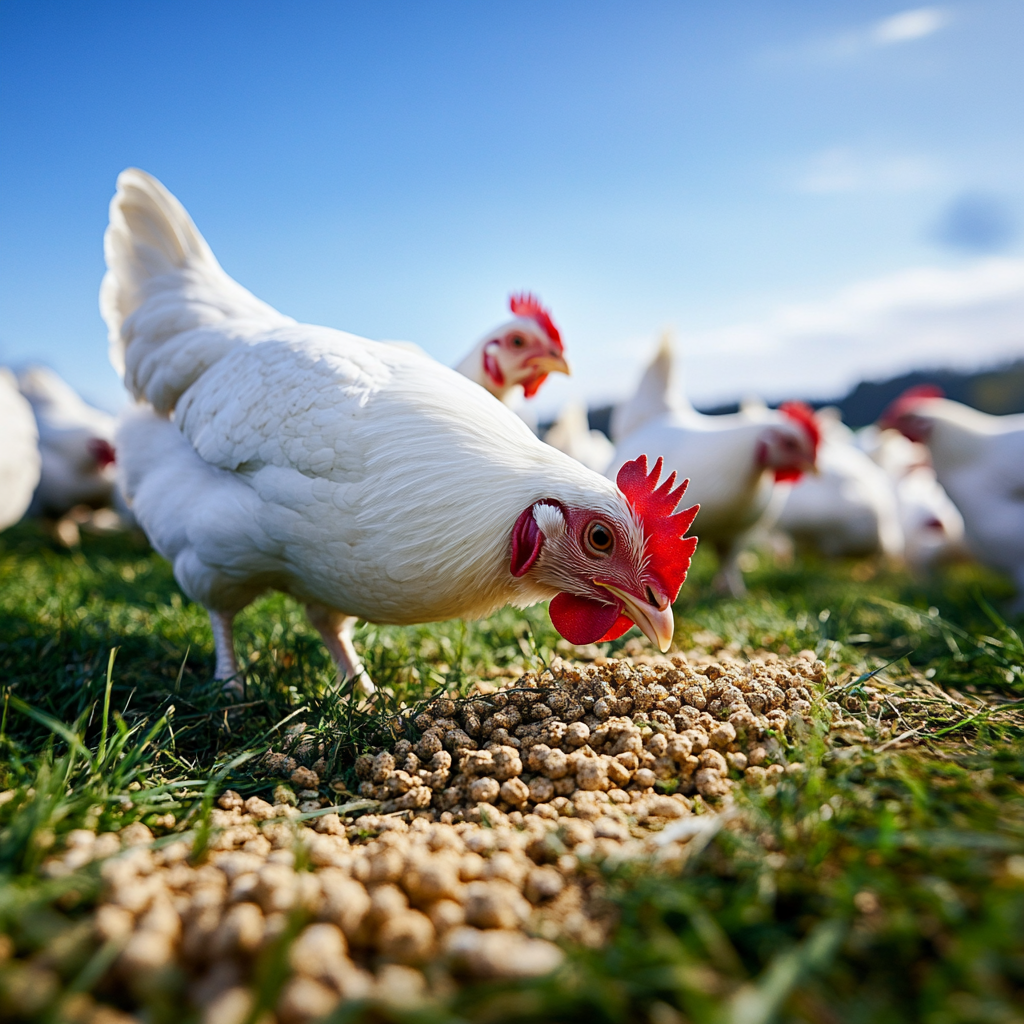Your cart is currently empty!

Raising Chickens for Beginners: A Homesteader’s Guide to Happy, Healthy Hens
Thinking about backyard chickens? Here’s everything you need to know to get started, from chicks to first eggs.
Introduction
Chickens are often the gateway animal to homesteading—and for good reason. They’re easy to care for, provide fresh eggs, help with pest control, and even supply compostable manure. Whether you’re in a rural area or a backyard in the suburbs, raising chickens is a doable (and fun) step toward food independence.
This post breaks down the basics of raising chickens, including housing, feeding, egg production, and tips for keeping your flock healthy and happy.
1. Choosing the Right Breed
Start by picking breeds that match your goals:
- Egg Production: ISA Brown, Leghorn, Australorp
- Meat Birds: Cornish Cross, Freedom Ranger
- Dual-Purpose: Orpington, Barred Rock, Rhode Island Red
- Kid-Friendly/Ornamental: Silkies, Cochins, Polish
🐣 Tip: A mixed flock gives you egg variety and fun personalities
2. Coop & Run Setup
- Space Requirements: 3–5 sq ft per chicken inside the coop; 8–10 sq ft in the run
- Ventilation: Essential for preventing respiratory issues
- Roosts & Nesting Boxes: 1 ft of roost space per hen; 1 box per 3–4 hens
- Bedding: Pine shavings or straw (avoid cedar)
- Security: Use hardware cloth—not chicken wire—to keep predators out
3. Feeding Your Flock
- Starter Feed: For chicks up to 6–8 weeks
- Grower Feed: From 8 weeks to point of lay
- Layer Feed: Once hens start laying (around 18–22 weeks)
- Supplements: Grit, oyster shell, occasional treats
🧼 Clean feeders and waterers regularly to avoid illness
4. Daily & Seasonal Care
- Collect eggs daily
- Refill water and check feed
- Spot clean coop and remove wet bedding
- Offer dust bath areas for natural parasite control
- In winter, provide windbreaks and extra bedding
5. Egg Production Basics
- Hens usually begin laying around 18–22 weeks
- Expect 4–6 eggs per hen per week, depending on breed
- Egg production slows in winter or during molting
Common Challenges
- Predators: Raccoons, hawks, dogs
- Broodiness: Some hens may stop laying and try to hatch eggs
- Pecking Order Drama: New chickens need a slow intro
- Health Issues: Mites, worms, respiratory issues—watch for signs
Comments
One response to “Raising Chickens for Beginners: A Homesteader’s Guide to Happy, Healthy Hens”
-
[…] people start homesteading with chickens. They’re the “gateway animal” for a lot of us. But quail are quickly gaining popularity as a […]




Leave a Reply